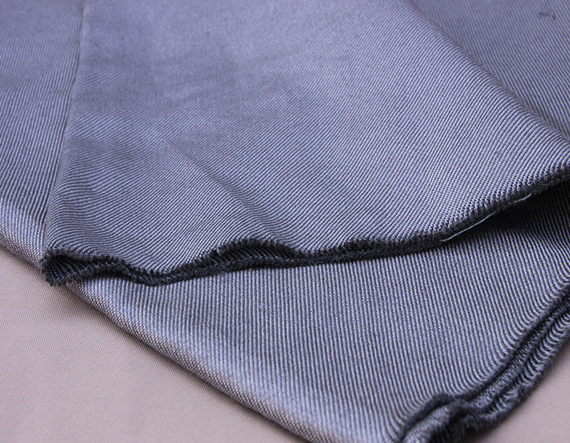Conductive fabric, with its unique electrical conductivity and textile-like properties, has opened up a world of possibilities across various industries. This innovative material has found applications in diverse fields, ranging from electronics and healthcare to fashion and beyond. In this article, we will delve into the wide-ranging uses of conductive fabric and discover how it is transforming industries and driving innovation.
Conductive fabric plays a pivotal role in the development of wearable technology and e-textiles. It enables the integration of electronic components, such as sensors, actuators, and circuitry, directly into fabrics. This allows for the creation of smart clothing, interactive textiles, and wearable devices that can monitor vital signs, track movement, and provide real-time feedback. Conductive fabric ensures seamless integration with the human body, making it ideal for applications in sports performance monitoring, healthcare monitoring, and assistive technologies.
Conductive fabric is a key component in the manufacturing of flexible circuits and printed electronics. Its ability to bend and conform to different shapes and surfaces allows for the creation of flexible and stretchable electronic circuits. These circuits can be used in applications such as flexible displays, touch-sensitive interfaces, and flexible sensors. Conductive fabric also facilitates the development of lightweight, foldable, and portable electronic devices, including electronic paper, smart packaging, and flexible energy storage devices.
Conductive fabric is employed in electromagnetic shielding applications to protect sensitive electronic equipment from electromagnetic interference (EMI). It can be used as shielding material in electronic enclosures, cables, and circuit boards to prevent interference from external electromagnetic sources. Conductive fabric forms a conductive barrier that absorbs and reflects electromagnetic waves, thus maintaining the integrity and functionality of electronic systems. It finds applications in telecommunications, aerospace, defense, and medical equipment, where EMI protection is critical.
Conductive fabric is being explored as a means of energy harvesting, converting mechanical energy into electrical power. By integrating conductive fabric into textiles, it becomes possible to generate electricity from body movements, vibrations, or other mechanical actions. This technology has potential applications in wearable devices, where the fabric can capture and store energy from the wearer's motion. Additionally, the conductive fabric can be used to create solar textiles, incorporating photovoltaic elements into the fabric to harvest solar energy. This paves the way for self-powered wearable devices and portable energy solutions.
Conductive fabric finds application in various other fields as well. In automotive industries, it is used for seat heating systems, sensors, and flexible circuits. In robotics, the conductive fabric is integrated into soft robots and robotic prosthetics for sensing and actuation. It also has uses in home automation, smart textiles, interactive art installations, and augmented reality interfaces. The versatility, flexibility, and connectivity provided by conductive fabric continue to inspire new applications and innovations across multiple sectors.
The conductive fabric has emerged as a revolutionary material with a wide range of applications. From wearable technology and e-textiles to flexible circuits and electromagnetic shielding, the conductive fabric is transforming industries and driving innovation. Its ability to seamlessly integrate electronics with textiles opens up new possibilities in healthcare, electronics, automotive, robotics, and beyond. As research and development in conductive fabric progress, we can expect even more groundbreaking applications in the future, revolutionizing the way we interact with technology and enhancing connectivity in various aspects of our lives. We are a conductive fabric supplier. If you are interested in our products, please contact us now!

Copyright © Xiongxian texcraf Technology Co., LTD. All Rights Reserved | Sitemap